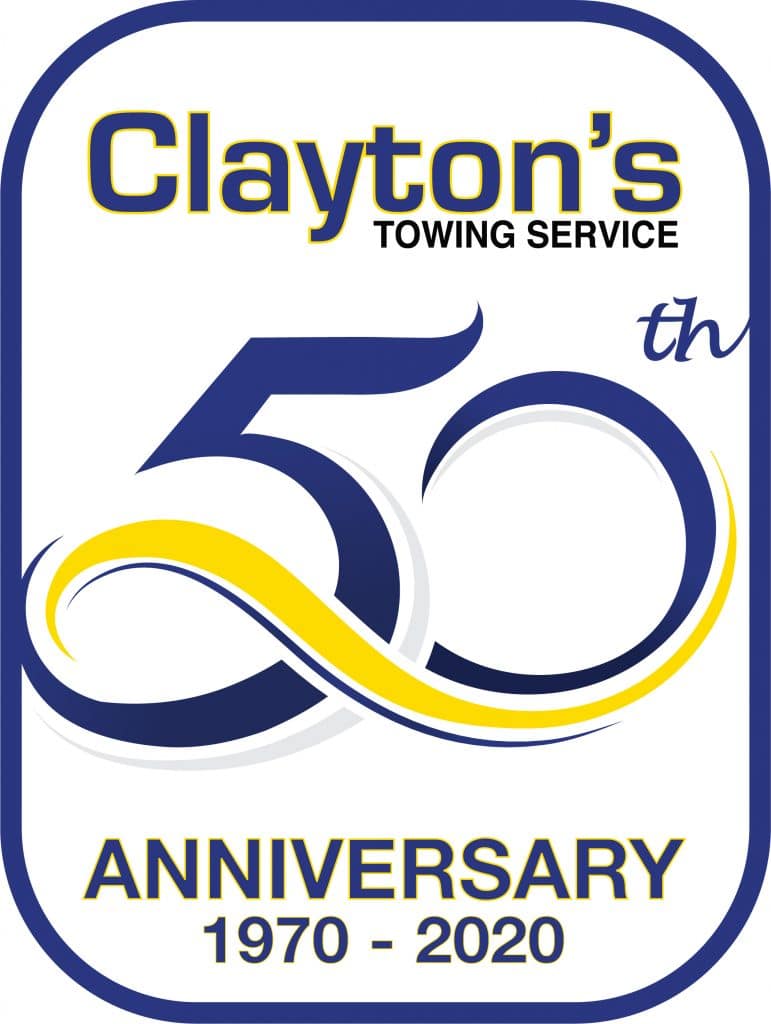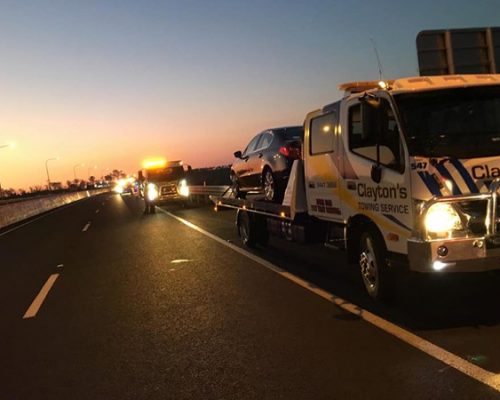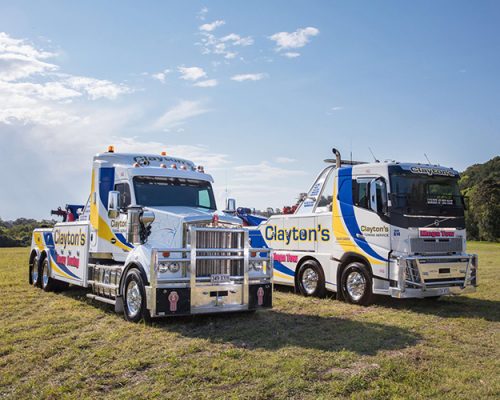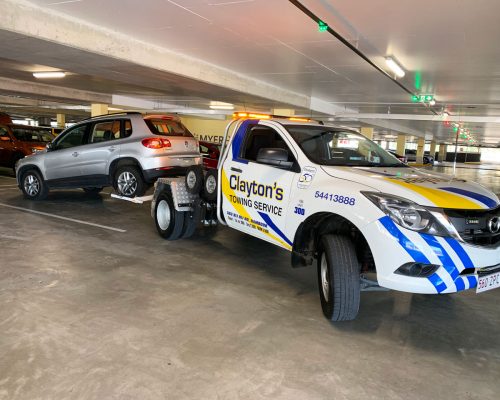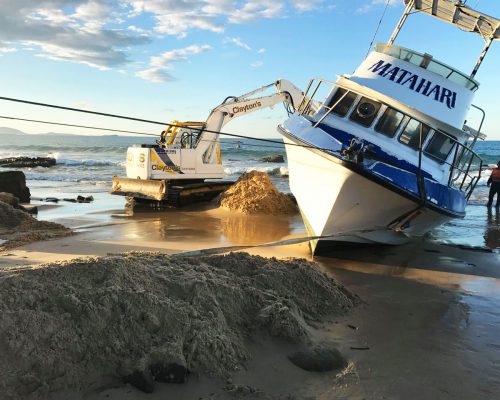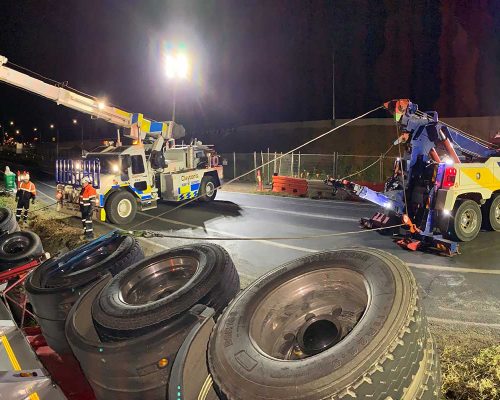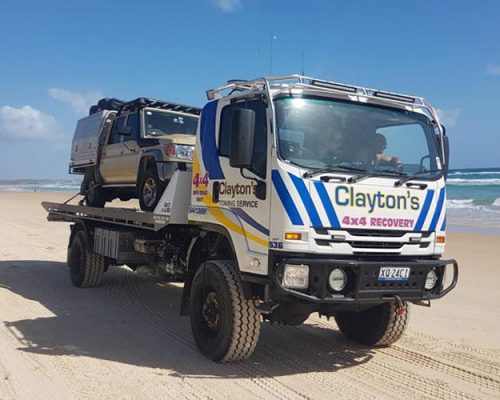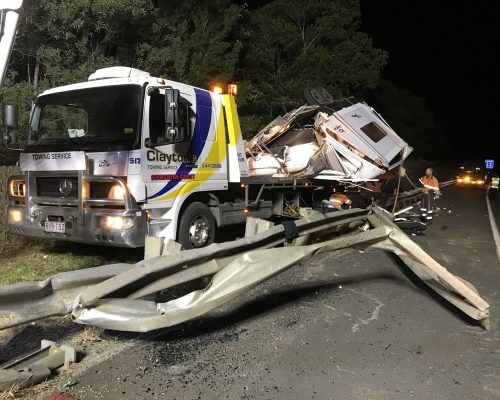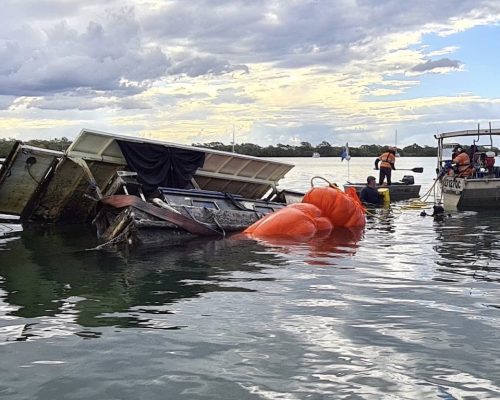Clayton's Towing provides Roadside Assistance in Toowoomba
along with quality, safe & reliable towing solutions
Offering Toowoomba Towing Services, 24 Hours A Day, 7 Days A Week. Clayton's Towing provides Towing Services Queensland Wide. Our 24/7 Tow Truck Services in and around these areas include:
Location : Toowoomba
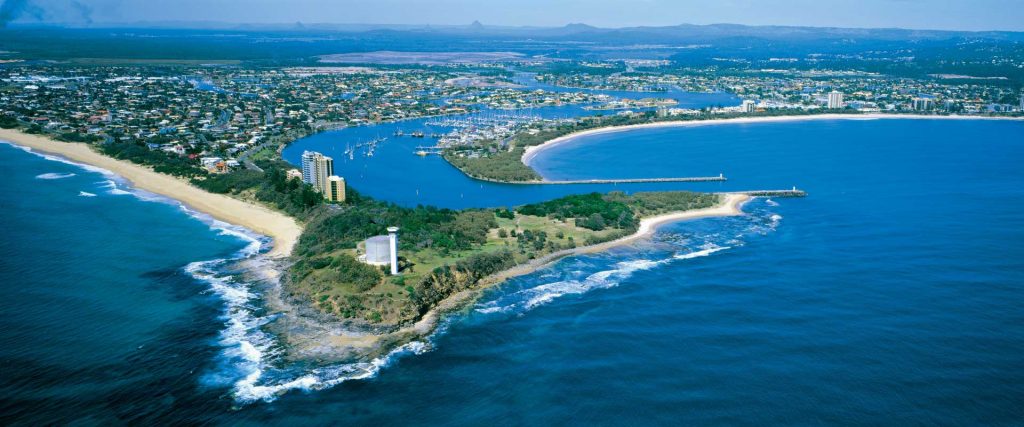
24/7 Roadside Assistance Across Queensland
With depots in Beerwah, Caboolture, Childers, Kilcoy, Gympie, Mackay, Maleny, Maroochydore, Maryborough, Nambour, Nanango, Noosaville & Rockhampton, we service throughout Toowoomba and across South-East Queensland.
Check That We Service Your Location?
We Care About Our Service
At Clayton's we ensure the best for our customers with fully insured services, Industry Leading Equipment & Highly Qualified Staff to assist.
Offering Premium Services in Toowoomba at reasonable prices.
*Working with all major insurance providers throughout Australia
24 Hours, 7 Days A Week
With 24 Hour Towing Services, Our Dispatch Team is always available around the clock to take your call.
Fast Response Roadside Assistance
Queensland's Most Comprehensive Fleet In Vehicle Towing & Recovery Services. With 12 depots across South-East Queensland.
50 Years Of Experience
Established on the Sunshine Coast. Now servicing Queensland with Professional, Reliable & Experienced Towing Solutions.
Clayton’s Towing Latest News! Keep up to date with the latest on our Vehicle Auctions, Career Opportunities or upcoming events.
Insurance Administrator - Nambour
Billing and Receipting Administrator - Nambour
Accounts Team Lead - Nambour
Customer Service Officer - Nambour
Toowoomba ( tə-WUUM-bə, nicknamed 'The Garden City' and 'T-Bar') is a city in the Toowoomba Region of the Darling Downs, Queensland, Australia. It is 125 km (78 mi) west of Queensland's capital city Brisbane by road. The estimated urban population of Toowoomba as of June 2021 was 140,303, having grown at an average annual rate of 1.02% over the preceding five years. Toowoomba is the second-most-populous inland city in the country after the national capital of Canberra and hence the largest city on the Darling Downs, and it is among the largest regional centres in Queensland. It is also referred to as the capital of the Darling Downs.
The Toowoomba region is the home of two main Aboriginal language groups, the Giabal whose lands extend south of the city and Jarowair whose lands extend north of the city.
The Jarowair lands include the site of one of Australia's most important sacred Bora ceremonial ground, the ‘Gummingurru stone arrangement’ dated to c.4000 BC. The site marked one of the major routes employed by many Aboriginal tribes to the south and southeast to participate in the triennial bunya nut feast. The feast was Australia's largest Indigenous event, and of cultural and spiritual significance.
The first European knowledge of the area was recorded when English botanist Allan Cunningham explored the region in 1827 and named it after Ralph Darling, then Governor of New South Wales. British drays began arriving from 1840, enticed by the rich pastoral lands, and established the settlement of Drayton in 1842. During the War of Southern Queensland, violent conflict erupted as Indigenous tribes attempted to force drays from encroaching on the Darling Downs, with the Battle of One Tree Hill being fought near Toowoomba.
William Horton founded the Royal Bull's Head Inn in 1847, and in 1852 he invested in a new hotel in the area known as ‘The Swamp’. A rivalry between this newfound settlement (later renamed to Toowoomba) and the previously established town of Drayton eventually ended when Toowoomba outgrew and absorbed Drayton as time went on. The town elected its first mayor in 1861, former convict William Henry Groom, and by 1867 it was connected by rail to Ipswich, which was also the first over the Great Dividing Range. In 1904 Toowoomba was declared a city, and saw the Austral Society founded there by the esteemed national poet George Essex Evans. Over the 20th century, Toowoomba expanded from a primarily agriculture-based economy to provide services with increasing demand such as advanced education and medical facilities.
A university and cathedral city, Toowoomba is largely preserved of its Victorian era architecture and gardens of which there are more than 150 public parks including the historic Queens Park. The city hosts the Toowoomba Carnival of Flowers each September and national championship events for the sports of mountain biking and motocross. Toowoomba is served by Toowoomba Wellcamp Airport and the smaller Toowoomba City Aerodrome. In recent years Toowoomba has seen high rise developments built to accommodate high population growth in the region.
Toowoomba ( tə-WUUM-bə, nicknamed 'The Garden City' and 'T-Bar') is a city in the Toowoomba Region of the Darling Downs, Queensland, Australia. It is 125 km (78 mi) west of Queensland's capital city Brisbane by road. The estimated urban population of Toowoomba as of June 2021 was 140,303, having grown at an average annual rate of 1.02% over the preceding five years. Toowoomba is the second-most-populous inland city in the country after the national capital of Canberra and hence the largest city on the Darling Downs, and it is among the largest regional centres in Queensland. It is also referred to as the capital of the Darling Downs.
The Toowoomba region is the home of two main Aboriginal language groups, the Giabal whose lands extend south of the city and Jarowair whose lands extend north of the city. The Jarowair lands include the site of one of Australia's most important sacred Bora ceremonial ground, the ‘Gummingurru stone arrangement’ dated to c.4000 BC. The site marked one of the major routes employed by many Aboriginal tribes to the south and southeast to participate in the triennial bunya nut feast. The feast was Australia's largest Indigenous event, and of cultural and spiritual significance. The first European knowledge of the area was recorded when English botanist Allan Cunningham explored the region in 1827 and named it after Ralph Darling, then Governor of New South Wales. British drays began arriving from 1840, enticed by the rich pastoral lands, and established the settlement of Drayton in 1842. During the War of Southern Queensland, violent conflict erupted as Indigenous tribes attempted to force drays from encroaching on the Darling Downs, with the Battle of One Tree Hill being fought near Toowoomba. William Horton founded the Royal Bull's Head Inn in 1847, and in 1852 he invested in a new hotel in the area known as ‘The Swamp’. A rivalry between this newfound settlement (later renamed to Toowoomba) and the previously established town of Drayton eventually ended when Toowoomba outgrew and absorbed Drayton as time went on. The town elected its first mayor in 1861, former convict William Henry Groom, and by 1867 it was connected by rail to Ipswich, which was also the first over the Great Dividing Range. In 1904 Toowoomba was declared a city, and saw the Austral Society founded there by the esteemed national poet George Essex Evans. Over the 20th century, Toowoomba expanded from a primarily agriculture-based economy to provide services with increasing demand such as advanced education and medical facilities.
A university and cathedral city, Toowoomba is largely preserved of its Victorian era architecture and gardens of which there are more than 150 public parks including the historic Queens Park. The city hosts the Toowoomba Carnival of Flowers each September and national championship events for the sports of mountain biking and motocross. Toowoomba is served by Toowoomba Wellcamp Airport and the smaller Toowoomba City Aerodrome. In recent years Toowoomba has seen high rise developments built to accommodate high population growth in the region.



